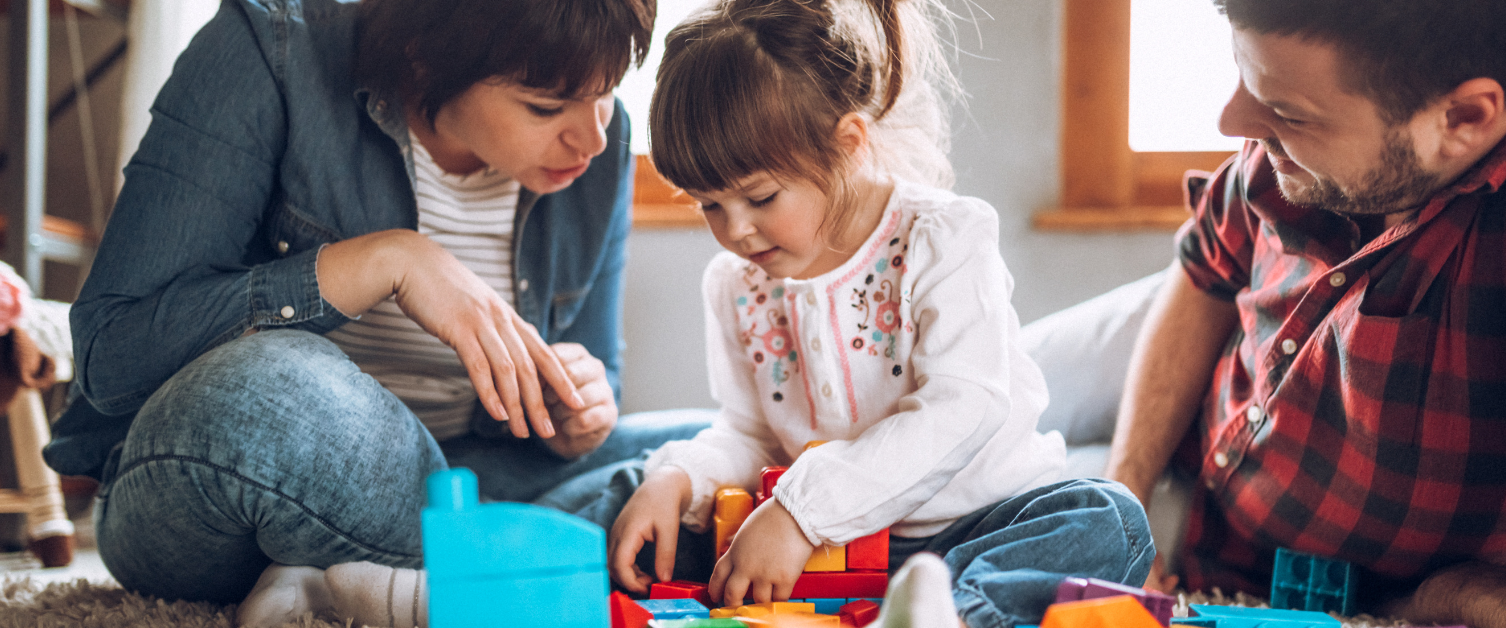Social interaction

Developing Early Social Communication Skills through Play
Social skills begin early with looking, smiling, cooing and copying. Children with communication difficulties, however, often find social skills difficult and they can sometimes find it hard to engage in the world around them. A child with social communication difficulties may spend a lot of time ‘in their own worlds’ and be quite happy to play by themselves, very rarely seeking adult attention.
How to help?
Find 15-20 minutes twice a day in a quiet place for ‘special play time’ to build the top tips into your daily routine. If you are in a nursey or school setting, it might be helpful to play somewhere outside of the busy classroom.
Remember, playtime should be fun and motivating and not seen as a time to specifically ‘teach’ something. By helping children to share their play with an adult, we naturally give them opportunities to experience social interaction, learn from and develop their communication skills.
Top Tips
Choose the right toys: Pick a few simple toys that the child likes to play with. It may be really useful to have two of the same toy so you can join in and copy the child.
Let the child lead: Your special time needs to be enjoyable and your child needs to be in control of the play. Try to go along with things they want to do even if they seem silly.
Sit back and watch: It will be tempting to jump in but it is really important to sit back and watch. Try to find out what the child likes to do, what they like about certain toys and what they are trying to communicate. You’ll need to watch and listen closely as lots of communication can be easy to miss, for example, a quick glance or a quiet noise.
Get down to the child’s level: Make sure the child can easily see you and make sure you look interested in what they are doing. This shows you are ready to play.
When it feels right, join in: Parents, you know your child better than anyone else so you’ll hopefully know when the time is right. Wait for little glances, gestures of sounds that show you they want you to join in.
Copy the child’s play: Do what they do and copy their actions, movements, sounds and words. This will encourage the child to notice you and look at what you are doing and you can start a turn taking game. You don’t have to copy behaviours that don’t fit in with your house /school rules.
Use simple comments: Asking lots of questions can be overwhelming. Instead describe what you’re both looking at/or doing, for example, ‘oh look, dog jumping’.
Interpret the child’s communication. Even when the child doesn't speak, try to think about what they are trying to communicate. If the child shows that he likes something do it again to show them that you’ve understood what they wanted. Respond as quickly as you can so the child can learn the direct link between their communication and your reaction.
Please don’t feel disheartened if you don’t feel like you are getting much back from the child initially. Persevere and try new things. Try not to overwhelm the child and if they move away from you this is probably their way of telling you they want a break. That’s fine! Respect what they’ve communicated to you and try again later.